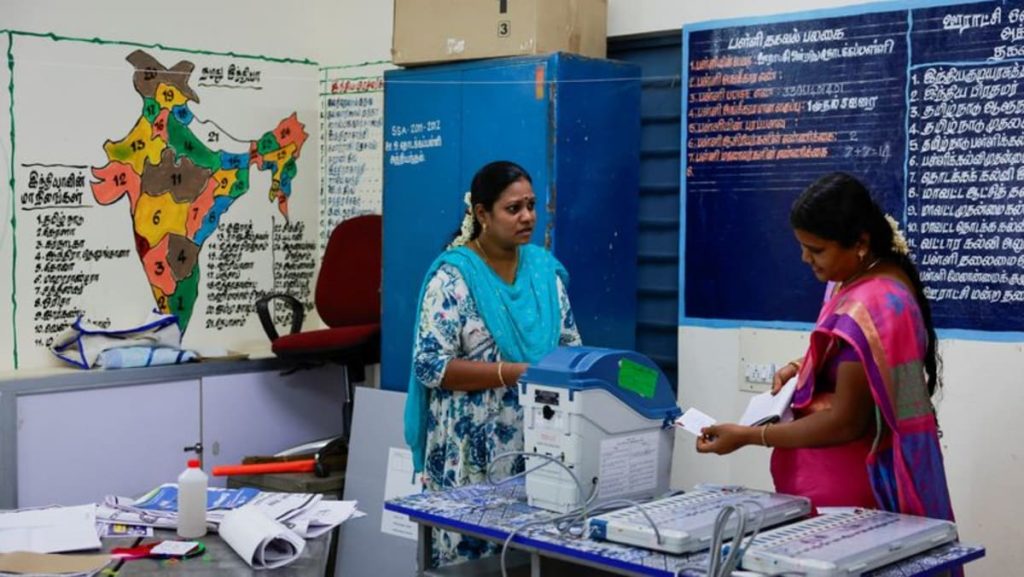ty and national security.
In this seven-phase election, about 900 million people are eligible to vote for members of the lower house of parliament. The ruling Bharatiya Janata Party (BJP) is facing off against the main opposition Congress party and a plethora of regional parties.
Modi’s campaign has focused on national security and economic development, with his party promising a slew of welfare measures and economic reforms. His main challenger is Congress party leader Rahul Gandhi, who has criticized Modi’s handling of the economy and has promised a minimum income guarantee scheme if elected.
Many voters are looking beyond the main parties and are supporting regional parties and independent candidates. Issues such as unemployment, agrarian distress, healthcare, education, and corruption are also major concerns for voters in this election.
The election results will not only determine who will lead India for the next five years but will also shape the future of the world’s largest democracy. India’s role in global politics, its economic growth, and its social fabric will all be influenced by the outcome of this election.
As voting continues over the next month, the world will be watching closely to see whether Modi’s popularity and achievements are enough to secure a third term in office or if the opposition can mount a strong enough challenge to unseat him. Ultimately, the fate of India and its people lie in the hands of the voters as they cast their ballots in this historic election.


